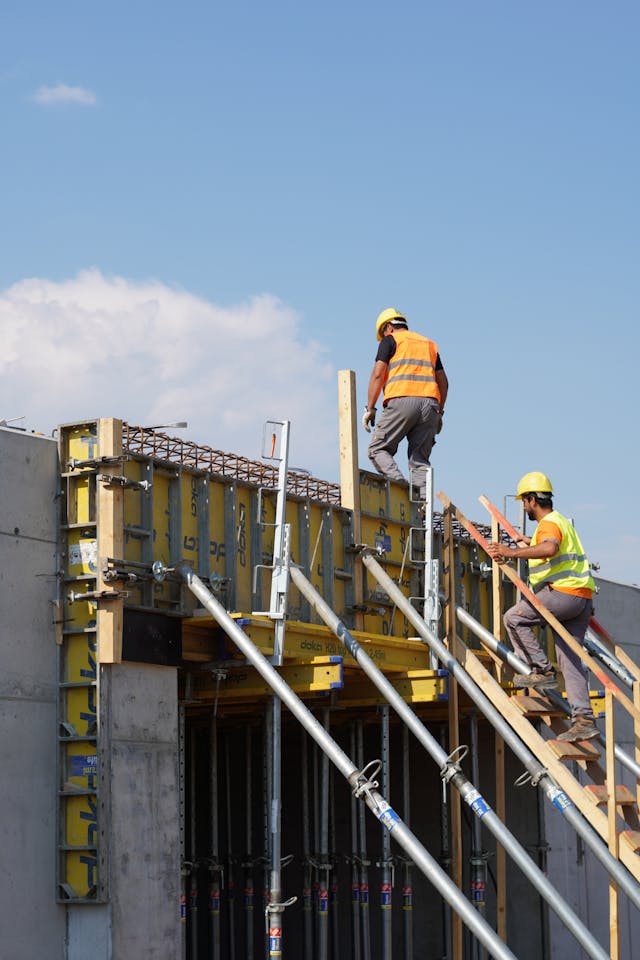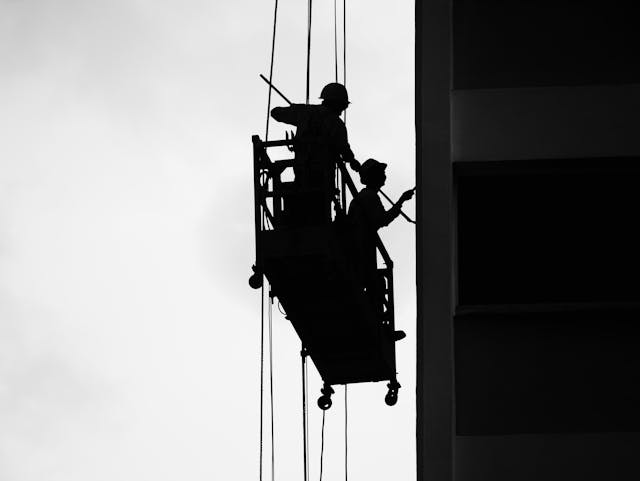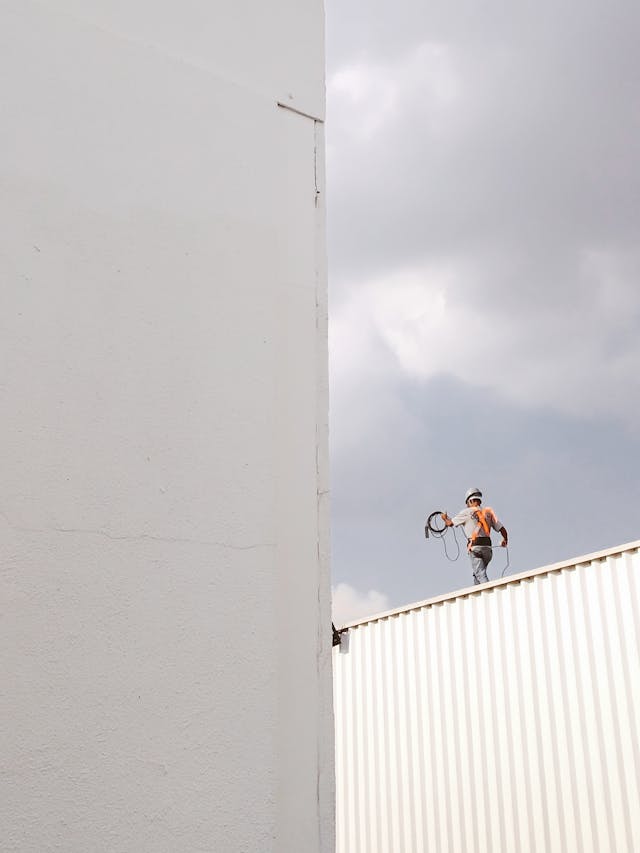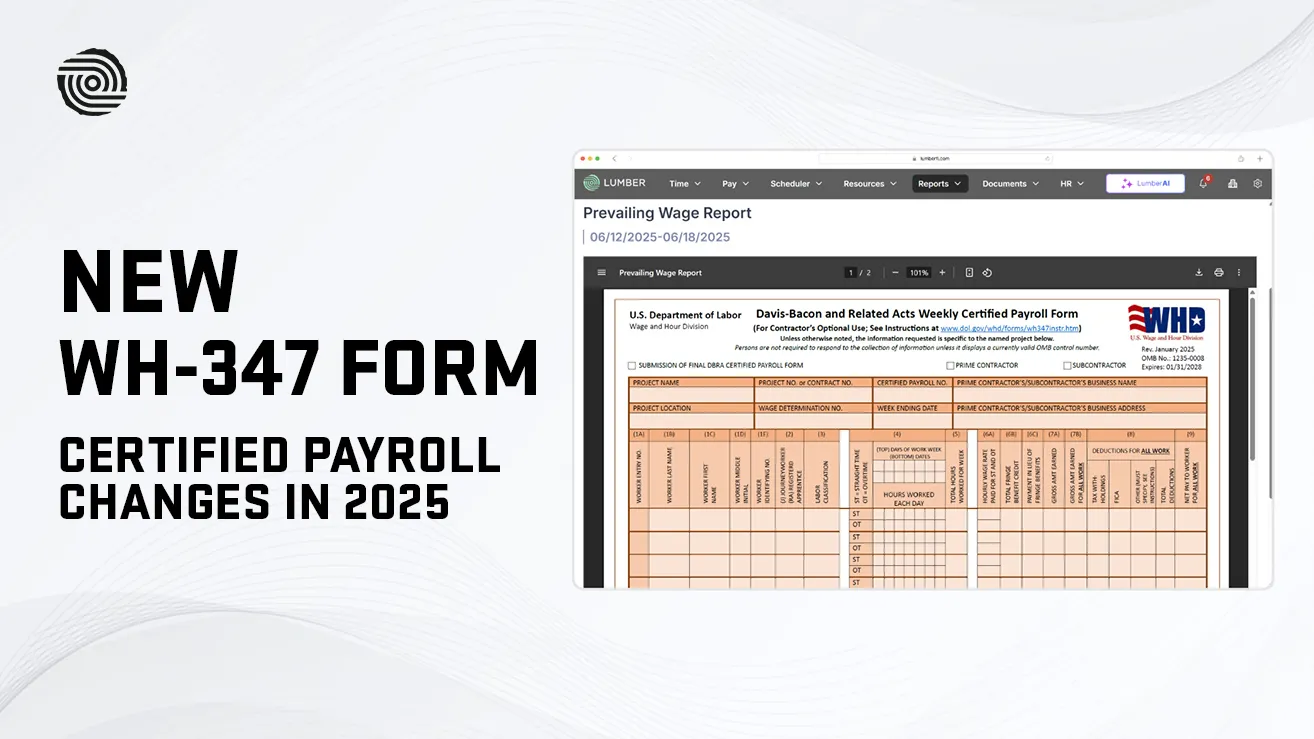How to Create an Effective Fall Protection Plan for Construction Sites


Fall-related incidents remain the leading cause of fatalities in the construction industry, with sobering statistics that underscore the urgent need for comprehensive fall protection planning.
In 2023, about 1 in 5 (20.8%) workplace deaths occurred in the construction industry, and 38.5% of these deaths were due to falls, slips, and trips. This translated to 421 construction worker deaths attributed to these incidents, representing 47.8% of all fatal falls, slips, and trips across all US industries.
The problem is particularly acute in specific sectors, with roofing contractors accounting for 26% of construction fall fatalities in 2023 (110 deaths), while residential building construction represented 14.7% (62 deaths). Even more concerning, the trend is worsening: from 2011 to 2022, the number of fatal falls to a lower level in construction increased by 52.7%, while the rate increased by 13.3%. Since 2013, construction workers have suffered approximately 300 fatal and 20,000 nonfatal fall-related injuries per year.
These preventable tragedies underscore the critical importance of developing and implementing comprehensive fall protection plans on construction sites. An effective fall protection plan serves as a roadmap for identifying hazards, implementing appropriate safety measures, and ensuring worker safety at elevated work locations.
Understanding Fall Protection Requirements
The Occupational Safety and Health Administration (OSHA) mandates fall protection for construction workers exposed to falls of six feet or more in general industry and four feet in certain circumstances. The significance of this requirement is highlighted by the fact that Fall Protection – General Requirements (OSHA Standard 1926.501) has been the most frequently cited OSHA safety violation in construction for 14 consecutive years as of 2024. This persistent citation pattern indicates that many construction sites continue to struggle with proper fall protection implementation.
The scope of the problem extends beyond fatalities to include substantial nonfatal injuries. In 2022, nonfatal workplace falls, slips, and trips that required at least one day away from work occurred at a rate of 31.5 per 10,000 full-time workers in construction, compared to 22.6 across all private industries. However, effective safety management goes beyond mere compliance with minimum standards. A robust fall protection plan addresses all potential fall hazards, regardless of height, and creates a culture of safety that protects workers while maintaining productivity.
Fall protection systems are categorized into three primary types: fall prevention, fall arrest, and fall restraint. Fall prevention systems eliminate the possibility of falls by using guardrails, safety nets, or covers over openings. Fall arrest systems allow controlled falls but stop them before impact, typically using personal fall arrest systems (PFAS) with full-body harnesses, lanyards, and anchor points. Fall restraint systems prevent workers from reaching fall hazards by limiting their movement within safe zones.
Conducting a Comprehensive Site Assessment

The foundation of any effective fall protection plan begins with a thorough site assessment. This evaluation should identify all potential fall hazards, including leading edges, openings, excavations, elevated work surfaces, and areas where traditional guardrails cannot be installed. Document the height of all elevated work areas, the nature of surfaces below, and the duration of exposure to fall hazards.
Consider the specific construction activities planned for each phase of the project. Different trades may face unique fall hazards, and the protection plan must address these varying needs. For instance, roofing crews face different challenges than concrete workers or steel erectors. The assessment should also evaluate environmental factors such as weather conditions, lighting, and site access that could impact fall protection effectiveness.
During the assessment phase, involve experienced workers and supervisors who understand the practical challenges of implementing fall protection measures. Their insights can reveal potential issues that might not be apparent during initial planning phases. Additionally, consider consulting with safety professionals or fall protection specialists who can provide expert guidance on complex situations.
Establishing the Hierarchy of Controls
Effective fall protection plans follow a hierarchy of controls that prioritizes the most effective safety measures. The hierarchy begins with elimination, where fall hazards are removed entirely through design modifications or alternative construction methods. When elimination isn't feasible, engineering controls such as guardrails, safety nets, and covers provide passive protection that doesn't rely on individual worker behavior.
Administrative controls include training programs, safety procedures, and supervision protocols that govern how work is performed at height. While important, these controls are less reliable than physical barriers because they depend on consistent human behavior. Personal protective equipment (PPE) represents the final line of defense and should supplement, not replace other protective measures.
When developing your fall protection strategy, prioritize permanent solutions over temporary ones wherever possible. Permanent guardrails, for example, provide ongoing protection throughout the construction process and reduce the need for constant setup and removal of temporary systems. This approach not only enhances safety but also improves efficiency by reducing the time spent on safety setup activities.
Selecting Appropriate Fall Protection Systems

The selection of fall protection systems depends on numerous factors, including the type of work being performed, the configuration of the work area, and the duration of exposure. For areas with extended work periods, conventional guardrail systems often provide the most practical protection. These systems should meet OSHA requirements for height, strength, and configuration while allowing workers to perform their tasks effectively.
Personal fall arrest systems become necessary when guardrails aren't feasible or when workers must work beyond protected areas. These systems require a careful selection of components, including harnesses, lanyards, and anchor points. The full body’s specifications are maintained in good condition throughout use. Regular inspection and repair of nets ensures continued effectiveness and prevents failures that could result in serious injuries.
Training and Competency Development
A comprehensive training program forms the backbone of effective fall protection implementation. All workers who may be exposed to fall hazards must receive training on hazard recognition, proper use of fall protection equipment, and emergency response procedures. Training should be specific to the equipment and systems used on the particular project and should include hands-on practice with actual equipment.
Competent person training is essential for supervisors and safety personnel who will oversee fall protection activities. These individuals must be capable of identifying fall hazards, selecting appropriate protection measures, and ensuring proper installation and use of fall protection systems. Regular refresher training helps maintain competency and introduces new techniques or equipment.
Training programs should address not only the technical aspects of fall protection but also the importance of consistent use and proper maintenance. Workers must understand that fall protection equipment is only effective when used correctly and consistently. Create a culture where workers feel comfortable reporting damaged equipment or unsafe conditions without fear of repercussions.
Implementation and Monitoring

Successful implementation of fall protection plans requires clear communication, adequate resources, and ongoing monitoring. Develop detailed procedures for installing, inspecting, and maintaining fall protection systems. These procedures should specify responsibility assignments, inspection frequencies, and documentation requirements.
Regular inspections of fall protection equipment and systems help identify problems before they result in failures. Establish inspection schedules that consider the frequency of use, environmental conditions, and manufacturer recommendations. Document all inspections and maintain records that demonstrate compliance with safety requirements.
Monitor the effectiveness of fall protection measures through incident tracking, near-miss reporting, and regular safety audits. Use this information to identify trends, address deficiencies, and improve the overall fall protection program. Encourage worker participation in safety monitoring by establishing reporting systems that allow anonymous feedback on safety concerns.
Continuous Improvement and Adaptation
Fall protection plans must evolve as construction projects progress and conditions change. Regular review and updating of the plan ensures continued effectiveness and addresses new hazards that may emerge. Incorporate lessons learned from incidents, near-misses, and worker feedback into plan revisions.
Stay current with industry best practices, new equipment technologies, and regulatory changes that may affect fall protection requirements. Participate in industry safety programs and consult with safety professionals to identify opportunities for improvement. Technology advances in fall protection equipment and monitoring systems offer new possibilities for enhancing worker safety.
Creating an effective fall protection plan requires careful planning, appropriate resource allocation, and ongoing commitment to safety excellence. By following systematic approaches to hazard identification, system selection, training, and implementation, construction companies can significantly reduce fall-related incidents while maintaining productivity and profitability.
The investment in comprehensive fall protection planning pays dividends through reduced injuries, lower insurance costs, improved worker morale, and enhanced project efficiency. Remember that fall protection is not just about compliance with regulations but about creating a workplace where every worker returns home safely each day.
Lorem ipsum dolor sit amet, consectetur adipiscing elit. Donec ullamcorper mattis lorem non. Ultrices praesent amet ipsum justo massa. Eu dolor aliquet risus gravida nunc at feugiat consequat purus. Non massa enim vitae duis mattis. Vel in ultricies vel fringilla.
Introduction
Mi tincidunt elit, id quisque ligula ac diam, amet. Vel etiam suspendisse morbi eleifend faucibus eget vestibulum felis. Dictum quis montes, sit sit. Tellus aliquam enim urna, etiam. Mauris posuere vulputate arcu amet, vitae nisi, tellus tincidunt. At feugiat sapien varius id.
Eget quis mi enim, leo lacinia pharetra, semper. Eget in volutpat mollis at volutpat lectus velit, sed auctor. Porttitor fames arcu quis fusce augue enim. Quis at habitant diam at. Suscipit tristique risus, at donec. In turpis vel et quam imperdiet. Ipsum molestie aliquet sodales id est ac volutpat.

Ipsum sit mattis nulla quam nulla. Gravida id gravida ac enim mauris id. Non pellentesque congue eget consectetur turpis. Sapien, dictum molestie sem tempor. Diam elit, orci, tincidunt aenean tempus. Quis velit eget ut tortor tellus. Sed vel, congue felis elit erat nam nibh orci.
Dolor enim eu tortor urna sed duis nulla. Aliquam vestibulum, nulla odio nisl vitae. In aliquet pellentesque aenean hac vestibulum turpis mi bibendum diam. Tempor integer aliquam in vitae malesuada fringilla.
Elit nisi in eleifend sed nisi. Pulvinar at orci, proin imperdiet commodo consectetur convallis risus. Sed condimentum enim dignissim adipiscing faucibus consequat, urna. Viverra purus et erat auctor aliquam. Risus, volutpat vulputate posuere purus sit congue convallis aliquet. Arcu id augue ut feugiat donec porttitor neque. Mauris, neque ultricies eu vestibulum, bibendum quam lorem id. Dolor lacus, eget nunc lectus in tellus, pharetra, porttitor.
Ipsum sit mattis nulla quam nulla. Gravida id gravida ac enim mauris id. Non pellentesque congue eget consectetur turpis. Sapien, dictum molestie sem tempor. Diam elit, orci, tincidunt aenean tempus. Quis velit eget ut tortor tellus. Sed vel, congue felis elit erat nam nibh orci.
Mi tincidunt elit, id quisque ligula ac diam, amet. Vel etiam suspendisse morbi eleifend faucibus eget vestibulum felis. Dictum quis montes, sit sit. Tellus aliquam enim urna, etiam. Mauris posuere vulputate arcu amet, vitae nisi, tellus tincidunt. At feugiat sapien varius id.
Eget quis mi enim, leo lacinia pharetra, semper. Eget in volutpat mollis at volutpat lectus velit, sed auctor. Porttitor fames arcu quis fusce augue enim. Quis at habitant diam at. Suscipit tristique risus, at donec. In turpis vel et quam imperdiet. Ipsum molestie aliquet sodales id est ac volutpat.
Mi tincidunt elit, id quisque ligula ac diam, amet. Vel etiam suspendisse morbi eleifend faucibus eget vestibulum felis. Dictum quis montes, sit sit. Tellus aliquam enim urna, etiam. Mauris posuere vulputate arcu amet, vitae nisi, tellus tincidunt. At feugiat sapien varius id.
Eget quis mi enim, leo lacinia pharetra, semper. Eget in volutpat mollis at volutpat lectus velit, sed auctor. Porttitor fames arcu quis fusce augue enim. Quis at habitant diam at. Suscipit tristique risus, at donec. In turpis vel et quam imperdiet. Ipsum molestie aliquet sodales id est ac volutpat.
- Lectus id duis vitae porttitor enim gravida morbi.
- Eu turpis posuere semper feugiat volutpat elit, ultrices suspendisse. Auctor vel in vitae placerat.
- Suspendisse maecenas ac donec scelerisque diam sed est duis purus.

Lectus leo massa amet posuere. Malesuada mattis non convallis quisque. Libero sit et imperdiet bibendum quisque dictum vestibulum in non. Pretium ultricies tempor non est diam. Enim ut enim amet amet integer cursus. Sit ac commodo pretium sed etiam turpis suspendisse at.
Tristique odio senectus nam posuere ornare leo metus, ultricies. Blandit duis ultricies vulputate morbi feugiat cras placerat elit. Aliquam tellus lorem sed ac. Montes, sed mattis pellentesque suscipit accumsan. Cursus viverra aenean magna risus elementum faucibus molestie pellentesque. Arcu ultricies sed mauris vestibulum.
Essential resources for contractors








